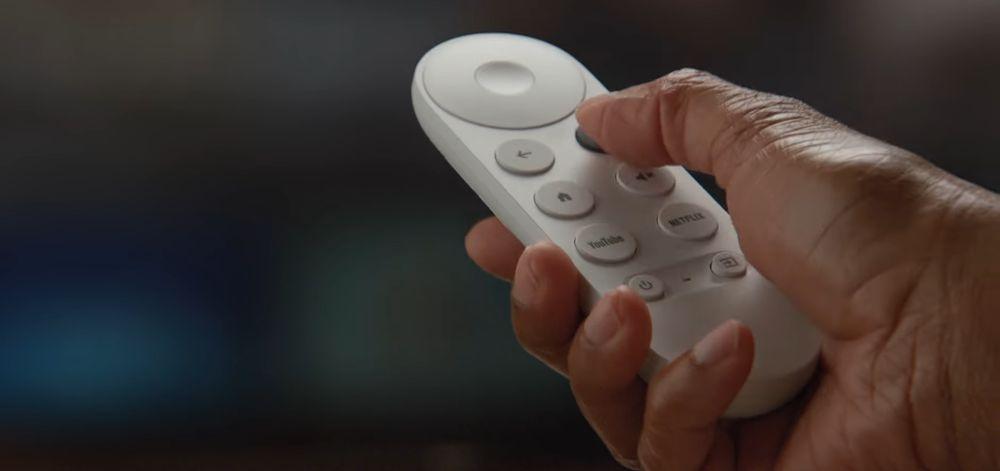The new Google TV Streamer device recently arrived ready to revolutionize the market. Its 4K power, renewed features, and excellent design meant that the Chromecast family would quickly be forgotten. But it may not happen as quickly as you might imagine, given that Google’s dongles are still going strong.
Google made it clear that, with the launch of the new Google TV Streamer, the objective was for it to succeed the Chromecast family and for these terminals to fall into disuse. But we have already talked before about how Chromecasts have plenty of power left for a while. Now, a 9 to 5 Google comparison makes it clear which is one of those features in which the Google TV Streamer cannot compete with the classic Chromecast proposal.
The key is in the control
Design changes in all aspects of Google’s technology are logical. New generations of devices arrive and the design has to be updated. Therefore, when the Google TV Streamer was launched with a new remote control, there were not many complaints about it. After all, it’s hard to make a bad decision about something like the controller, a type of accessory that has been so perfected over the years that it rarely ends up going wrong.

But in this comparison, we find that, undoubtedly, the control of the new Google TV Streamer falls behind in usability compared to that of the Chromecast. And the reason lies in the change that has been made in the placement of the buttons corresponding to volume up and down. But do they change so much and does it really directly affect the way you use the device on a daily basis?
You notice it when you use it
At first glance, what does it matter that the volume controls have gone from being on the side to being on the front panel that has the remote? It may seem, as we said, a harmless change. But as they mention in the comparison, the change is really noticeable when you are already using the device in your daily life. Thus, what they appreciate that changes is the ease of adjusting the volume without having to hold the remote. And they give an example so that we understand it better.
They mention that, with the Chromecast controller, it didn’t matter if you left the controller on the table and simply slid your fingers to the buttons on the side. When pressed, the device recognized movement and the shape of the controller kept it stable. It has happened to all of us more than once that we are lying on the sofa and we stretch our hand a little to reach the remote control and thus lower the volume, which usually bothers us if we are taking a nap.

But with the new remote that includes the Google TV Streamer, they have noticed that, when doing this same thing, the remote does not maintain stability and it becomes almost impossible to adjust the volume. The only option you have left is to use your weak strength and hold the remote in its entirety to be able to change the volume, raising or lowering it at will.
And, although it may seem like something that is of little importance, the truth is that it can be more relevant than we imagine, especially if you have found yourself in that type of situation on some occasion. With the Chromecast remote, Google innovated by placing the volume buttons on the side, as if it were a mobile phone. Now they have returned to the classic front button model and that has also, among other things, increased the size of the device. Perhaps, for a future new version, they will have to think about recovering the essence of the Chromecast remote.











